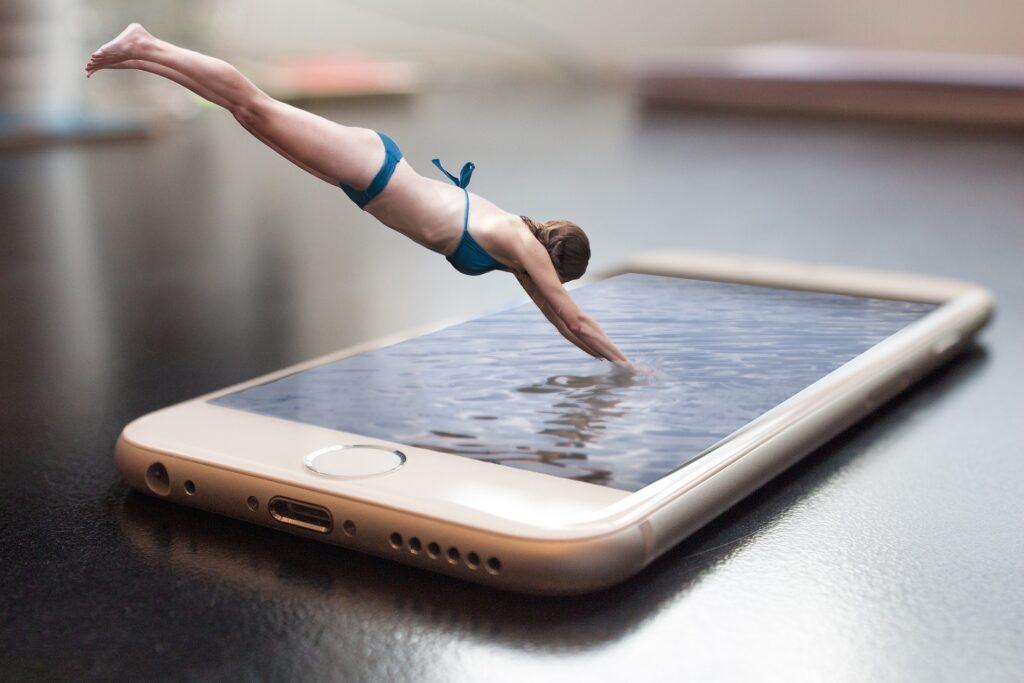In the world of electronics, not all devices are created equal, especially when it comes to their ability to withstand the elements. Some gadgets are like delicate flowers, wilting at the first sign of a raindrop, while others are more like rugged adventurers, braving dust storms and waterfalls with ease. The key to knowing which is which lies in understanding IP Protection Classes. So, let’s unravel this mystery and help you choose the right device for your needs.
What Are IP Protection Classes?
IP stands for ‘Ingress Protection’. It’s a standard that classifies the degree of protection an electronic device offers against intrusions from foreign bodies (like dust) and moisture. In simpler terms, it tells you how well your device can stand up to the elements.
Decoding the IP Code
An IP code typically consists of the letters ‘IP’ followed by two digits, like IP67 or IP68. But what do these numbers mean?
The first digit (ranging from 0-6) indicates the level of protection against solid objects, like dust. A higher number means better protection. So, a device with an IP6X rating is completely dust-tight.
The second digit (ranging from 0-9) represents the device’s resistance to water. Again, a higher number means better protection. For instance, a device with an IPX8 rating can be submerged in water continuously without suffering damage.
Why Should You Care About IP Ratings?
Whether you’re a thrill-seeker who loves outdoor adventures or a homebody who enjoys a relaxing bath with a good audiobook, your device’s IP rating matters. It determines whether your device can survive a dusty hike, a poolside party, or an accidental drop in the bathtub.
Choosing the Right IP Rating
When choosing a device, consider your lifestyle and where you’ll be using the device most. If you’re an outdoor enthusiast, go for a device with a high IP rating (like IP67 or IP68) for maximum protection against dust and water. If you mostly use your device indoors, a lower IP rating (like IP54) should suffice.
What About My Phone’s Speakers?
Water and dust can wreak havoc on your phone’s speakers, leaving them sounding muffled or distorted. But don’t worry, there’s a solution. Websites like FixYourSpeakers.com use sound waves to eject water and dust from your speakers, restoring their sound quality in minutes. It’s a free, easy-to-use tool that can be a lifesaver for any device, regardless of its IP rating.
In Conclusion
Understanding IP Protection Classes can help you choose the right device for your needs and lifestyle. It can also give you peace of mind, knowing that your device can withstand your adventures (or misadventures!). And remember, if your device’s speakers ever fall victim to water or dust, the power of sound is there to save the day.
So, there you have it – your ultimate guide to IP Protection Classes. With this knowledge, you’re ready to make an informed choice and get the most out of your devices. Happy gadget hunting!

